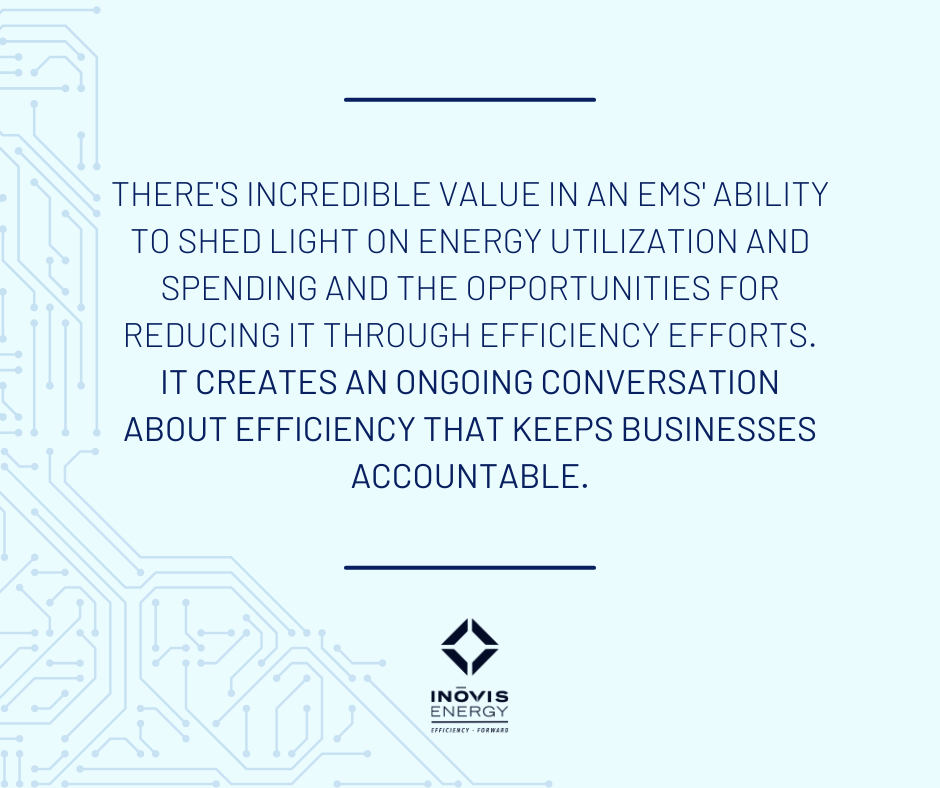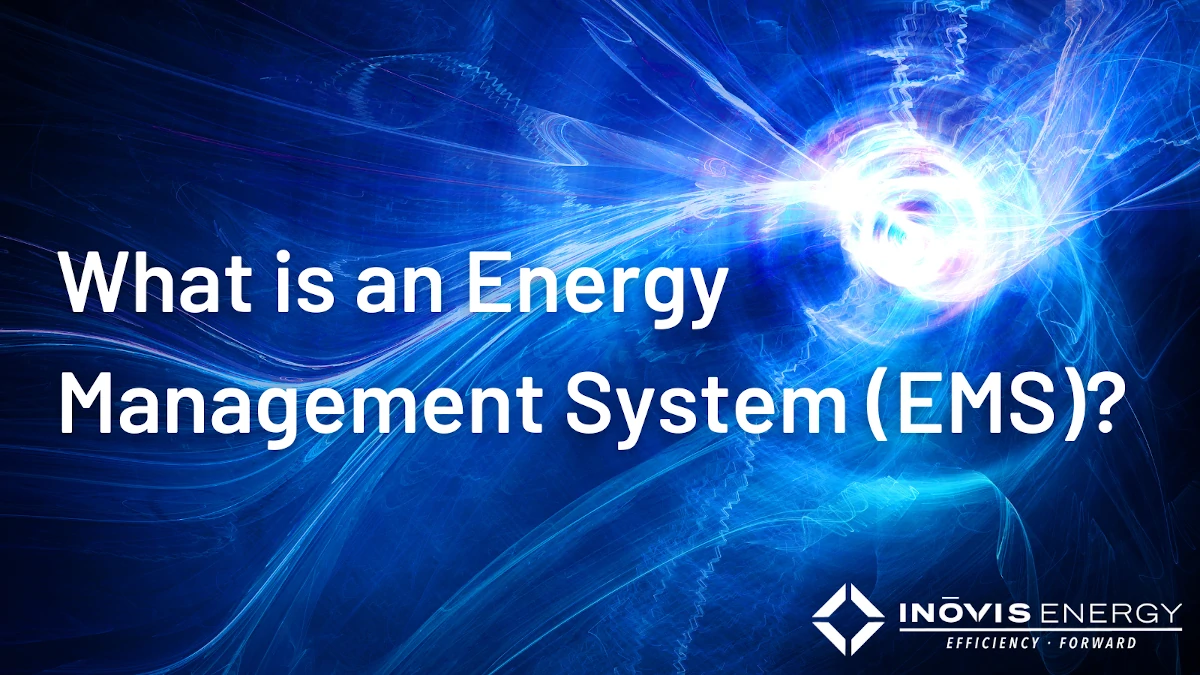As commercial facilities become more technologically integrated, their energy demands increase. It goes beyond a bigger power draw, too—building owners also need to consider the complex control systems and the infrastructure behind smart buildings. For many commercial facilities, it demands an investment in a modern energy management system (EMS).
An EMS is a platform designed to contextualize the power draw and energy utilization of a building across its many systems. In the modern era, this means oversight for everything from office lighting to EV charging stations on the premises. The goal of an EMS is not only to understand the energy demands of a commercial building but also to control and optimize them in a way that mitigates them.
Here’s a closer look at energy management systems and why they’re becoming cornerstone implementations for commercial facilities seeking to become more sustainable.
The purpose of an energy management system
An EMS is much more than a simple management system for a building’s energy demands. It’s actually a multifaceted investment that can serve a role in creating efficiency across operations. An EMS’ true value comes in three phases:
- Measure. Calculate the amount of energy a building uses across its many power-drawing systems and the cost of that energy.
- Monitor. Track energy distribution across a building’s many systems over time to provide historical usage trends.
- Improve. Provide quantifiable information about a building’s energy demands that informs sustainable investments.
Depending on the size of the company, organizations may rely on an EMS in different capacities. For instance, a healthcare facility might rely on an EMS to measure energy utilization across different care wings. Meanwhile, a manufacturing facility might seek to monitor energy trends as it makes new equipment investments. An enterprise organization might have a vested interest in all three phases as it seeks to justify sustainability initiatives to its stakeholders.
No matter how it’s used, an EMS remains a powerful tool in understanding energy usage—and managing (or reducing) it.


Energy management at-scale
A business’ energy demands aren’t static. In fact, they’re ever-changing and subject to a wide range of dynamic factors. That means how they manage their energy utilization today might not be the same way they need to manage it five years from now.
Thankfully, an EMS can help solve the problem of adaption.
One of the core benefits of an EMS is the ability to perform ad-hoc energy auditing. For example, an EMS might help establish the baseline for energy efficiency in Year 1, resulting in 5% savings in Year 2. Then, if energy spending rises in Year 3, asset managers can use EMS data to re-establish efficiency standards in Year 4, which leads to a dip in Year 5. Though greatly simplified, this practice is one that could save companies and commercial building operators thousands monthly.
There’s incredible value in an EMS’ ability to shed light on energy utilization and spending and the opportunities for reducing it through efficiency efforts. It creates an ongoing conversation about efficiency that keeps businesses accountable.
The benefits of investing in an EMS
On the surface, the benefits of an EMS are quickly apparent. It provides a framework for quantifying and contextualizing energy usage across building operations. This opens the door to a wide variety of additional benefits:
- Adherence to new energy standards, including ISO 50001.
- Improved facility performance as energy operations scale up.
- Improved perception from customers, partners, and the public.
- Insight into the efficacy and ROI of sustainability investments.
- Reduced environmental impact from conscious energy management.
- Reduced exposure to rising energy costs over time.
- The ability to quantify energy spend across different power systems.
- The ability to understand changing energy demands over time.
Consider, for example, a hospital pondering an investment in LED retrofit lighting. Using an EMS, the building manager can quickly consider the cost of lighting per year and observe the percentage increase in cost over a prior period—say, five years. Then, using that data, they can compare cost projections for LED lighting and extrapolate them over time to determine ROI and annual cost savings, to justify the expense.
Ultimately, an energy management system is a valuable tool for intervention across the entire scope of building operations—whether it’s justifying upgrades or contextualizing spending.
Understand and control energy demands
When you understand the energy demands of a building, you can take steps to control them—and, with the right investments, continue to reduce them. Understanding starts with data made readily available by an EMS. It’s an investment more and more companies are justified in making as they seek to tamp down on energy use in facilities that are growing ever more digitized by the day.
Not sure what your building’s energy profile looks like at present? Contact Inovis for a zero-cost energy audit and get the baseline information you need to make more innovative investments in the efficiency of your facilities! Short of an EMS, it’s the next-best way to understand and control your building’s energy demands.




